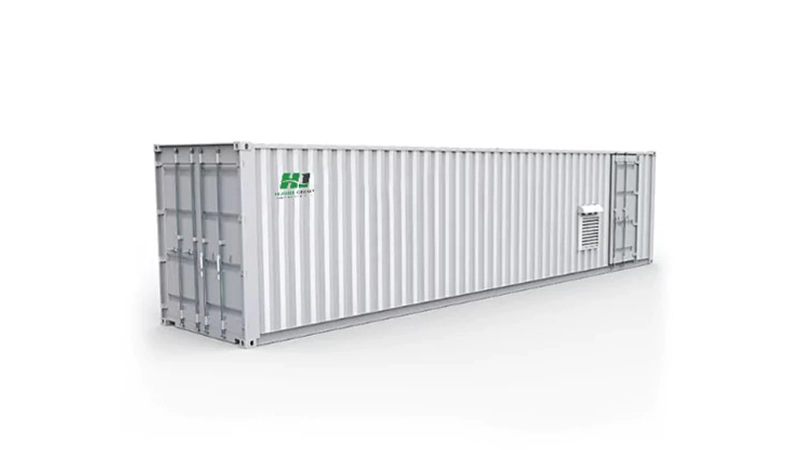Battery Energy Storage System in Containerized Format
The BESS container refers to an integrated energy storage system contained within standard shipping containers at a scale and speed of deployment. The HJ-ESS-DESL series BESS container with a capacity of 372 - 1860 kWh utilizes advanced liquid-cooling technology to maintain the best temperature for all the battery modules. These liquid-cooled BESS systems assure maximum efficiency and longer battery life than conventional systems.
All BESS containers are integrated into battery management systems, power conversion equipment, and thermal regulation components within a pre-engineered format. The containerized energy storage system offers grid services such as peak shaving, load shifting, and frequency regulation. The modular nature of BESS containers allows for flexible capacity expansion and easy installation at commercial and industrial sites.





